This post may contain affiliate links. See my privacy policy for details.
Back in the spring of this year I wrote about my visit to a farm in Manitoba and the experience of seeing what a day in the life of a McCain potato farmer partner was all about. If you haven’t had a chance to read it, stop right now and open that post in a new tab to enjoy reading first. That trip was during planting season so for you to get the full overall experience in the correct order, I suggest you start with reading that first.
If you have been following along on my adventures this year and know all about the spring potato planting season, it’s time to delve into what the harvest season looks like for a McCain potato grower.
The specific farm is Eugene Antworth LTD, located in Centreville, New Brunswick. McCain has partnered with Canadian farmers for all their 60 years, starting out in New Brunswick. McCain works with more than 150 grower families across Canada – and some of those families have been partnering with McCain for generations now. Eugene is no different as he is a third-generation grower – with a fourth generation coming up in the ranks. His two sons are both involved in the family farm business, one has recently completed his degree in Agronomy and is already working at the farm and the other is currently at school for his degree at well. Their farm currently has around 900 acres of their fields that are dedicated to potatoes every year that are rotated with other crops such as peas and soybeans.
While the spring potato planting is an important event, harvest is even more so. When I asked Eugene about which season was more taxing on a grower, he answered without a moments hesitation: “harvest season”. He went on to explain that harvest season is the pivotal moment for the year, with all the growers challenging work culminating in a relatively short timeframe. Not only does Mother Nature interfere on a regular basis, but the farmers are handling a relatively delicate crop. Most people would consider potatoes a hardy crop, but in fact potatoes are a living, breathing organism that require a surprising amount of TLC.
Speaking of Mother Nature, part of the pressure of harvest season depends on the weather. I had no idea that there is a perfect temperature range for potatoes to be harvested in, which is between 12°-18° Celsius. If the potatoes are harvested outside of that temperature they are more likely to bruise. I now know why my own garden potatoes are bruised on occasion and don’t store well as I have never even considered the temperature a factor in digging them out – unless of course it starts to get close to freezing, which is when I panic. Again, this all just leads to the fact that not many of us know how delicate potatoes really are. Eugene mentioned that this harvest season there has been a day where they had to wait until 10 am for the temperature to warm up so that they could harvest. Just like in planting season, any rain that soaks the ground means that harvest is put off until it dries enough for the machines to get out there. Not only will the machinery get stuck in the mud on the fields if they are wet, but the potatoes harvested would be caked with mud, which means they would have to be stored covered in mud. That’s where the living, breathing organism part comes into play with potatoes: they can’t be caked in dirt and mud if they are going to stored properly.
The harvesting process, to simplify it greatly, is three steps. First, a machine called a windrower is taken out on the fields, gently digging the crop out of the ground and depositing the potatoes into three rows. The entire field is done this way first for efficiency. Once the potatoes are dug and deposited into those rows it’s time for the harvester. The harvester does exactly what it sounds like it should do: it harvests the potatoes that the windrower has dug up and transfers them to the potato truck that’s driving beside it. Once the potatoes are dug they are sorted to remove any potatoes that won’t store well or are sunburned and then sent to storage for the winter.
Speaking of those potato trucks, I loved Eugene’s story about one of his seasonal staff, a 75-year-old gentleman that comes in and works every potato harvest, every year to drive the potato trucks simply because he loves doing it. Once a farmer, always a farmer in love with the land.
Harvest season usually ends the first week after Thanksgiving here in Canada. When I asked Eugene about the harvest yield this year, he said it was an average year. He reminded me to keep in mind that what is an average yield this year was a stellar yield a mere 10 or so years ago. Thanks to technology and working hand in hand with McCain, potato yields are increasing year after year. When talking to Eugene, he used the term 100 weight quite often which is the most common measurement of potatoes. That expression comes from the bags that were used to hold potatoes, which was 100 lbs. Yields in New Brunswick however used to be measured in “barrels”. Potato barrels were smaller versions of whiskey barrels that were filled up by workers out in the fields, then taken into storage on the backs on trucks. While it’s not used as an actual measurement today, you still might hear a potato farmer or two talking about potato yields in a barrel amount – and now you know why!
The potatoes are stored in the specialized storage units until they are sent to the McCain plant to be turned into some of our favourite products. Those potato storage units are all meant to replicate the root cellars of old, just now they have technology that ensures that the temperature stays the same and that air flow is continuous.
And there we have it: a year’s journey with McCain that has come to a full circle from potato planting to potato harvest! What a fabulous time it has been learning about the potato growing process and how the potatoes that end up being McCain products are planted, harvested and stored. I also love that this partnership has been a chance to showcase how hardworking our Canadian potato farmers are and the time, patience and labour it takes to grow those potatoes that become McCain products that end up on our mealtime plates!
If you want to read from the very beginning here are my first two posts:
My Year Long Journey with McCain
Visiting Beaver Creek Farm: A Day in the life of a McCain Potato Farmer
A big thanks to the team at McCain, the farmers and everyone involved in this project over the last year. If there is one thing this girl loves, it’s learning about our Canadian farmers and food system. I hope you’ve all enjoyed reading about my potato growing adventures as much as I’ve enjoyed learning and writing about them!
Love,
Karlynn
This post is sponsored by McCain, as part of our #FarmtoFork partnership. The opinions on this blog, as always, are my own.
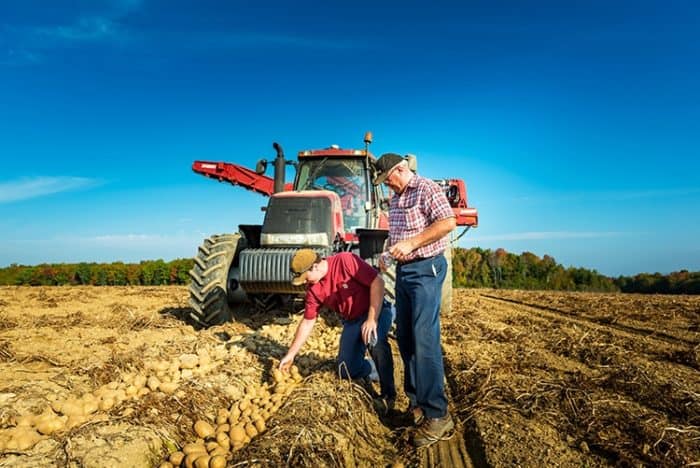
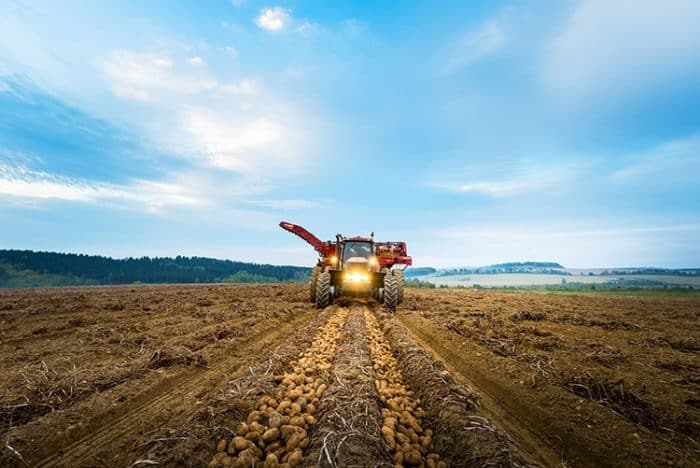
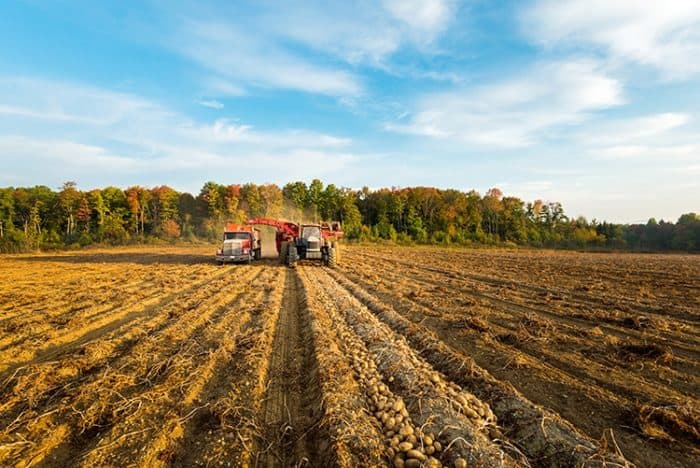
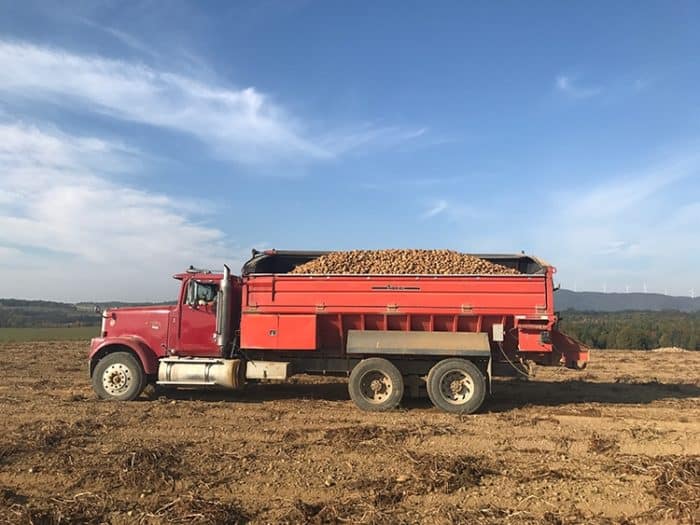
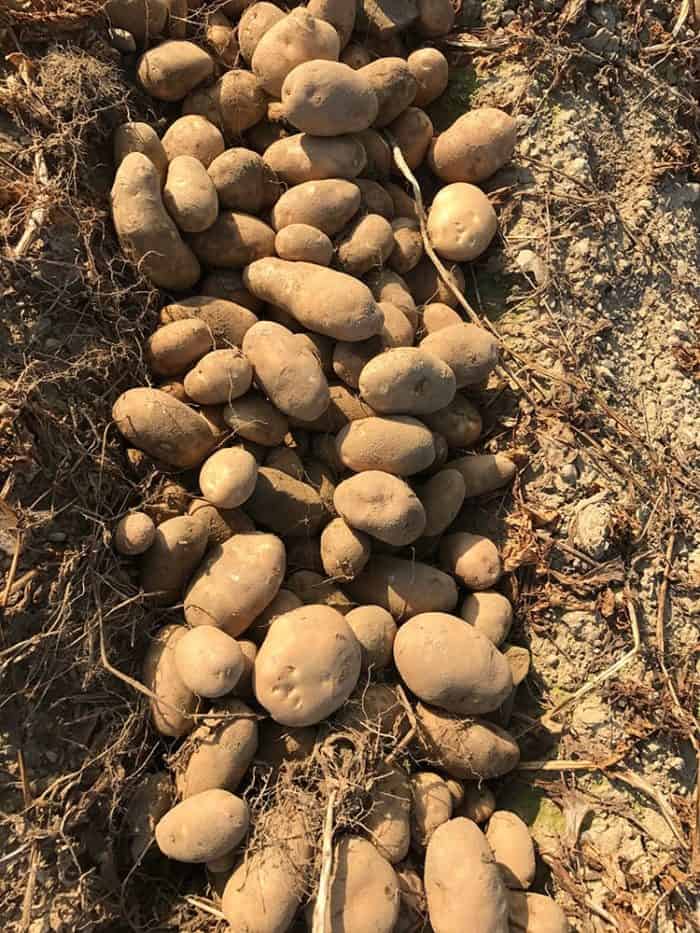





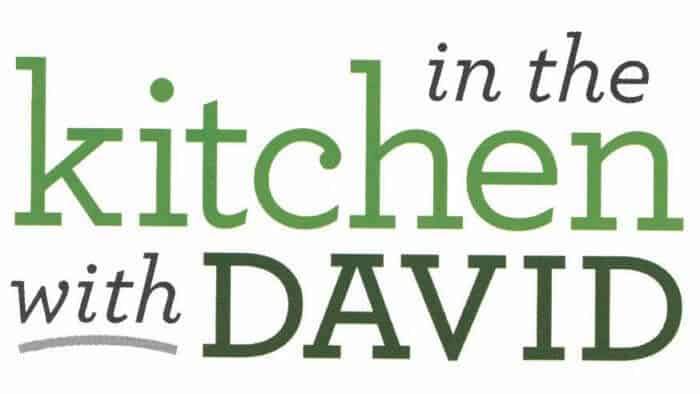


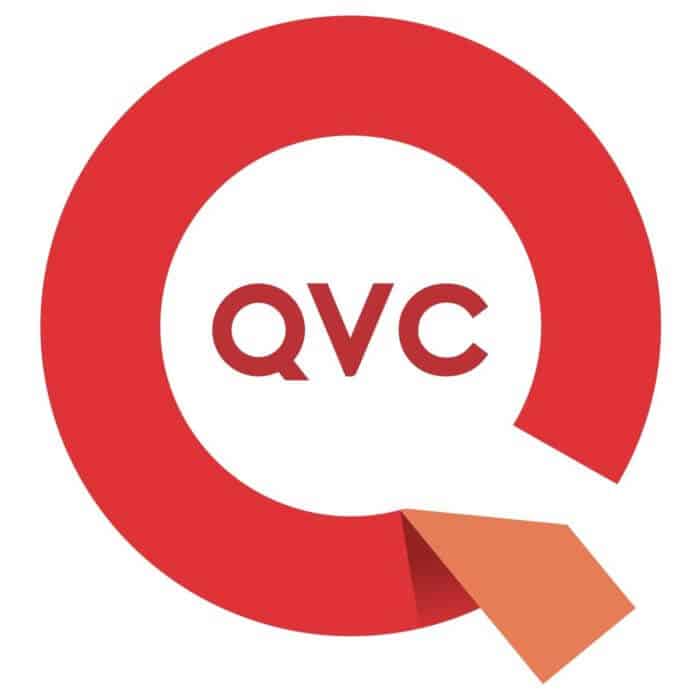


Leave a Comment or Recipe Tip